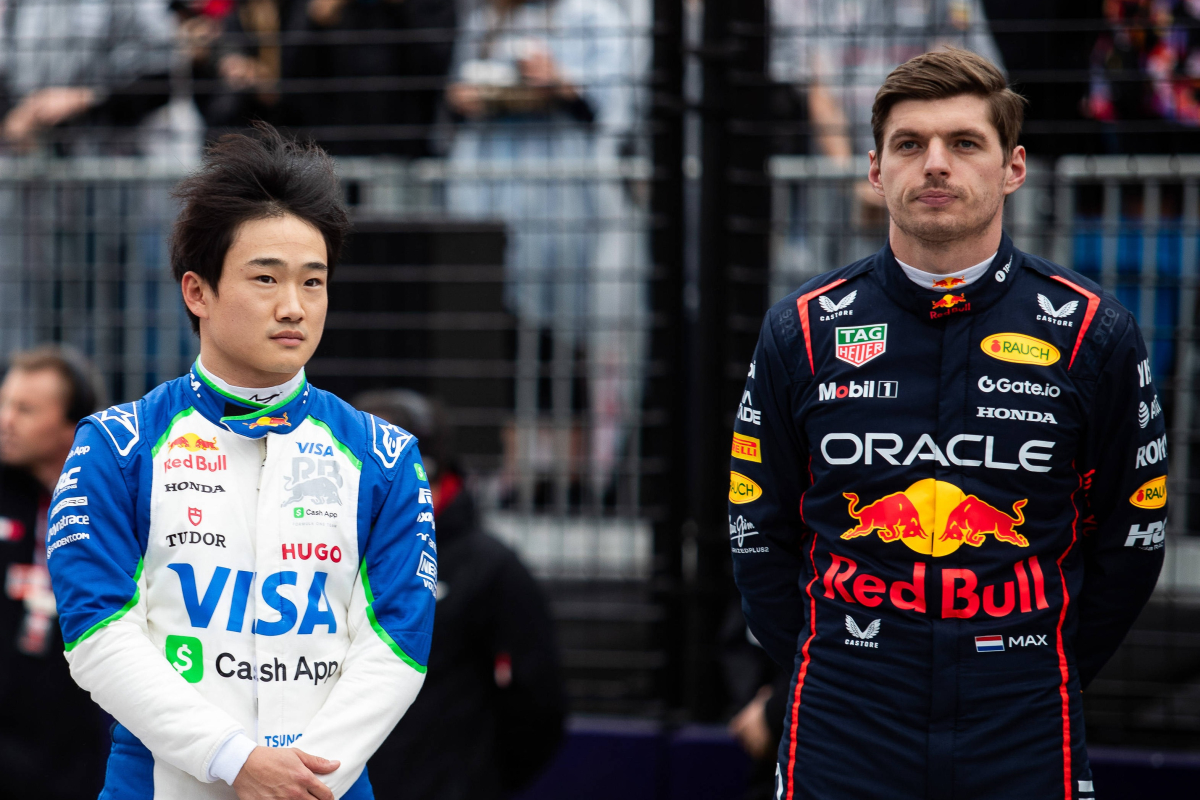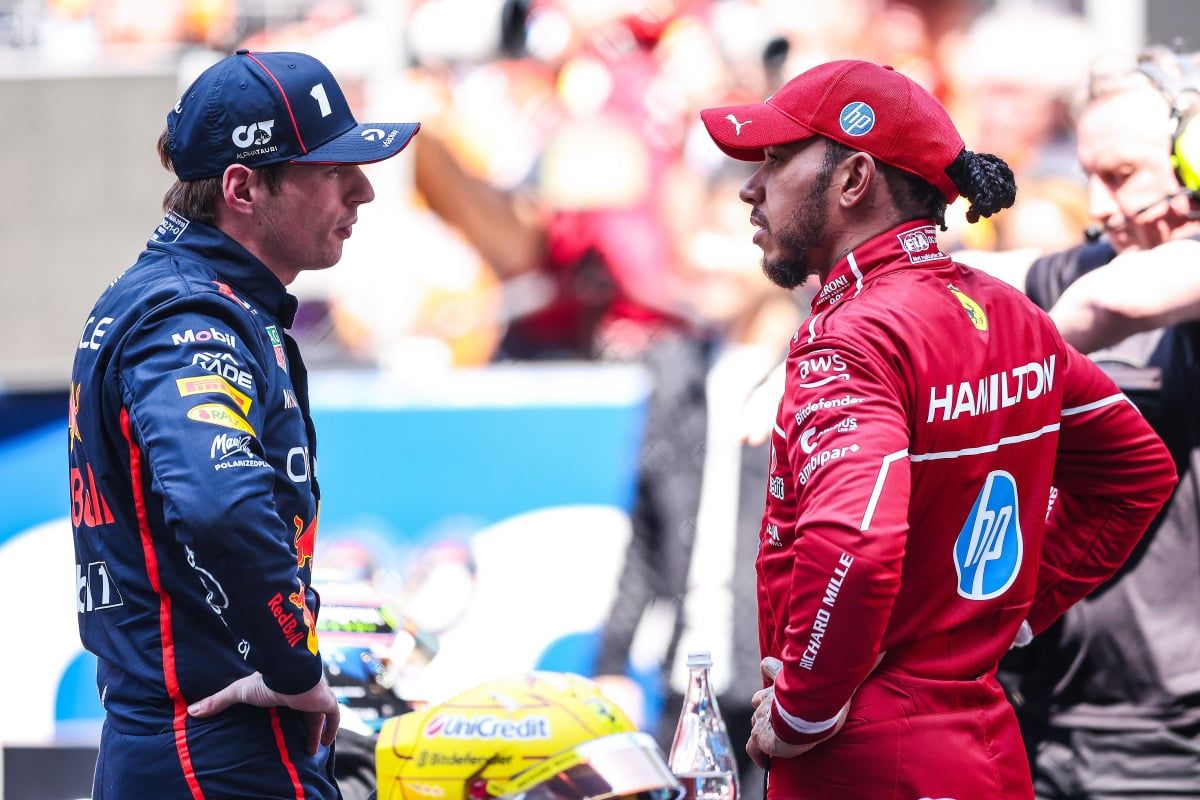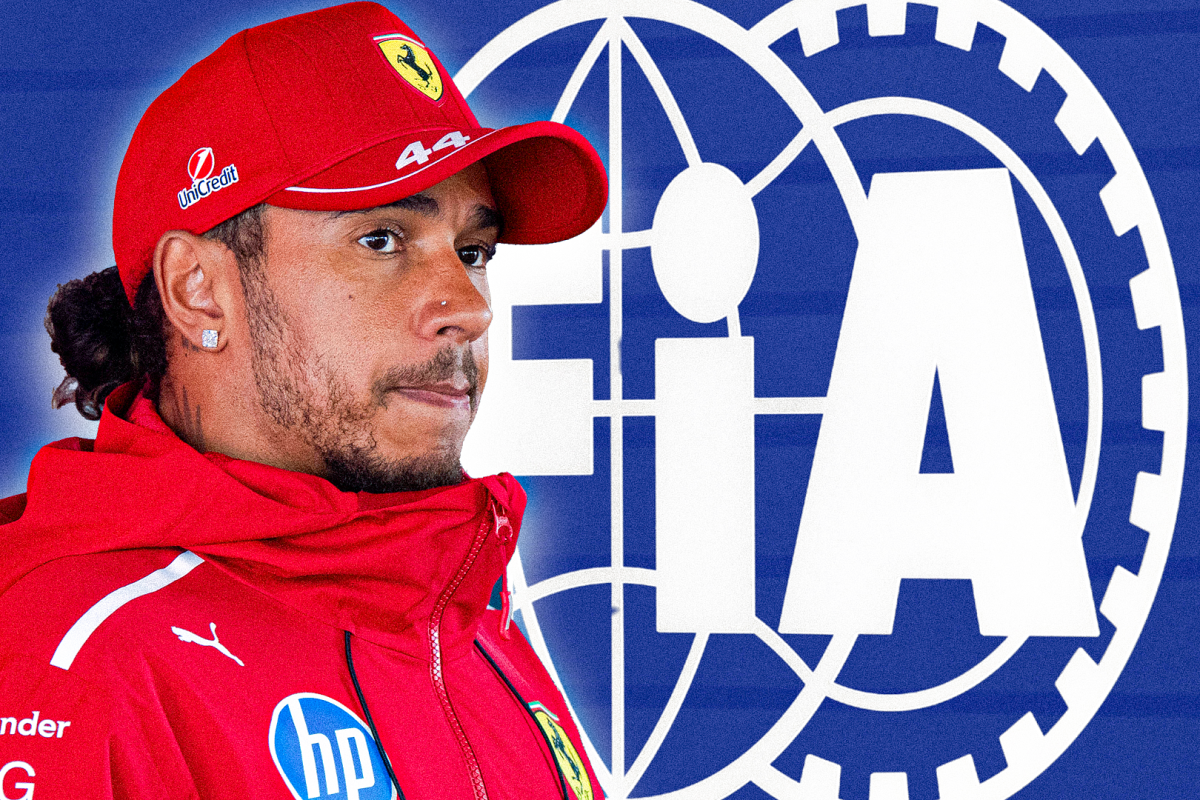F1 drivers height: How tall are Lewis Hamilton, Max Verstappen a….read more
Formula 1 drivers exhibit a notable range in heights, with the 2025 grid showcasing a difference of approximately 27 centimeters (10.6 inches) between the tallest and shortest competitors. This variation underscores the diverse physical attributes present among elite drivers.
Tallest Drivers:
Alex Albon of Williams and Esteban Ocon of Haas share the distinction of being the tallest drivers on the 2025 grid, both standing at 1.86 meters (6 feet 1 inch). Close behind is Mercedes’ George Russell, measuring 1.85 meters (6 feet 0.8 inches). Other notably tall drivers include Nico Hülkenberg of Sauber and rookies Oliver Bearman (Haas) and Gabriel Bortoleto (Sauber), each standing at 1.84 meters (6 feet 0.4 inches).
Shortest Drivers:
At the other end of the spectrum, Yuki Tsunoda of Racing Bulls is the shortest driver, standing at 1.59 meters (5 feet 2.5 inches). This makes him not only the shortest on the current grid but also the shortest driver to compete in Formula 1 in the 21st century. Isack Hadjar, also of Racing Bulls, is the second shortest, measuring 1.67 meters (5 feet 6 inches).
Notable Driver Heights:
Lewis Hamilton (Mercedes): The seven-time World Champion stands at 1.74 meters (5 feet 8.5 inches), aligning closely with the average height of F1 drivers in 2025, which is approximately 1.77 meters (5 feet 9.7 inches).
Max Verstappen (Red Bull): The defending World Champion measures 1.81 meters (5 feet 11.3 inches), placing him among the taller drivers on the grid.
Team Height Dynamics:
Team dynamics regarding driver heights can influence car design and performance:
Haas: With Esteban Ocon (1.86 meters) and Oliver Bearman (1.84 meters), Haas boasts one of the tallest driver pairings, facilitating a more uniform approach to cockpit design and car balance.
Mercedes: The team features a notable height difference between George Russell (1.85 meters) and rookie Andrea Kimi Antonelli (1.72 meters), presenting unique challenges in car setup to accommodate both drivers effectively.
Historical Context:
Historically, driver height has played a role in Formula 1:
Tallest Driver: Hans-Joachim Stuck is credited as the tallest driver in F1 history, standing at 1.94 meters (6 feet 4 inches). His height posed challenges in fitting into the compact cockpits of the late 1970s.
Shortest Driver: Andrea Montermini is considered one of the shortest drivers of the modern era, measuring approximately 1.57 meters (5 feet 2 inches), slightly shorter than Yuki Tsunoda.
Impact on Performance:
Driver height and weight can influence car performance and design:
Aerodynamics and Weight Distribution: Taller drivers may present a larger frontal area, potentially impacting aerodynamics. Additionally, their weight can affect the car’s balance, necessitating adjustments in ballast placement to optimize handling.
Regulatory Considerations: The FIA has implemented regulations to ensure that driver weight does not disproportionately affect performance. Since 2019, a minimum driver weight of 80 kilograms (including seat) has been mandated, allowing teams to use ballast to equalize lighter drivers, thereby promoting fairness.
Understanding the physical dimensions of Formula 1 drivers provides insight into the intricate considerations teams must address in car design and setup. While height variations exist, the sport continues to evolve, implementing measures to ensure that drivers of all statures can compete on a level playing field.




